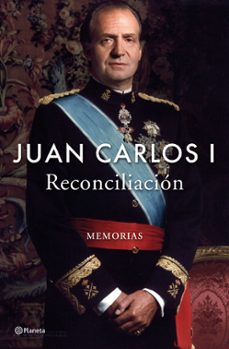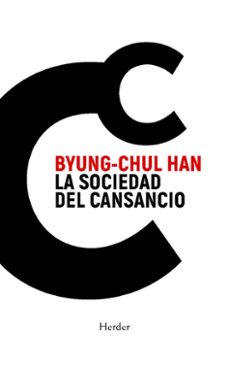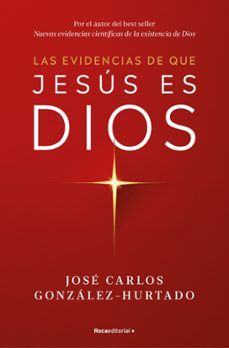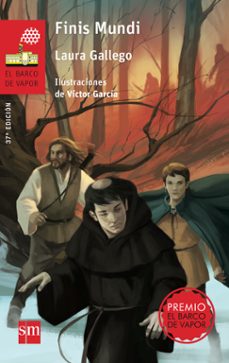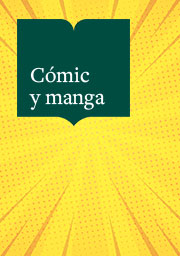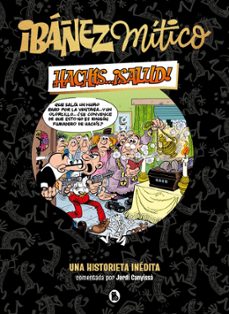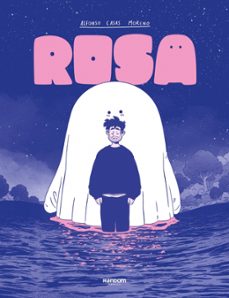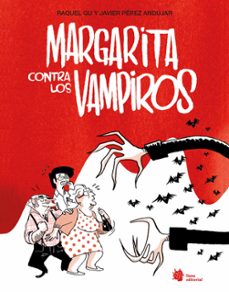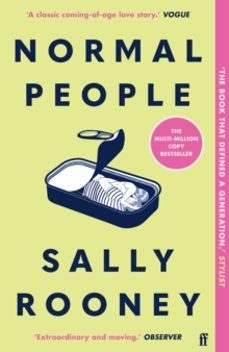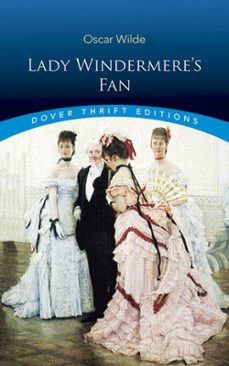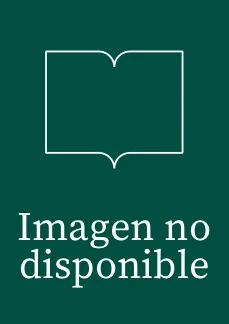Imprescindibles
Ficción
No Ficción
Ciencias y tecnología Biología Ciencias Ciencias naturales Divulgación científica Informática Ingeniería Matemáticas Medicina Salud y dietas Filología Biblioteconomía Estudios filológicos Estudios lingüísticos Estudios literarios Historia y crítica de la Literatura
Humanidades Autoayuda y espiritualidad Ciencias humanas Derecho Economía y Empresa Psicología y Pedagogía Filosofía Sociología Historia Arqueología Biografías Historia de España Historia Universal Historia por países
Infantil
Juvenil
#Jóvenes lectores Narrativa juvenil Clásicos adaptados Libros Wattpad Libros Booktok Libros de influencers Libros de Youtubers Libros Spicy Juveniles Libros LGTBIQ+ Temas sociales Libros ciencia ficción Libros de acción y aventura Cómic y manga juvenil Cómic juvenil Manga Shonen Manga Shojo Autores destacados Jennifer L. Armentrout Eloy Moreno Nerea Llanes Hannah Nicole Maehrer
Libros de fantasía Cozy Fantasy Dark academia Hadas y Fae Romantasy Royal Fantasy Urban Fantasy Vampiros y hombres lobo Otros Misterio y terror Cozy mistery Policiaca Spooky Terror Thriller y suspense Otros
Libros románticos y de amor Dark Romance Clean Romance Cowboy Romance Mafia y amor Romance dramatico Romcom libros Sport Romance Otros Clichés Enemies to Lovers Friends to Lovers Hermanastros Slow Burn Fake Dating Triángulo amoroso
Cómic y manga
Novela gráfica Novela gráfica americana Novela gráfica europea Novela gráfica de otros países Personajes, series y sagas Series y sagas Star Wars Superhéroes Cómics DC Cómics Marvel Cómics otros superhéroes Cómics Valiant
eBooks
Literatura Contemporánea Narrativa fantástica Novela de ciencia ficción Novela de terror Novela histórica Novela negra Novela romántica y erótica Juvenil Más de 13 años Más de 15 años Infantil eBooks infantiles
Humanidades Autoayuda y espiritualidad Ciencias humanas Economía y Empresa Psicología y Pedagogía Filosofía Historia Historia de España Historia Universal Arte Cine Música Historia del arte
Ciencia y tecnología Ciencias naturales Divulgación científica Medicina Salud y dietas Filología Estudios lingüísticos Estudios literarios Historia y crítica de la Literatura Estilo de vida Cocina Guías de viaje Ocio y deportes
MAGDALENA HOLZHEY
Magdalena Holzhey estudió historia del arte, italiano y musicología en Berlín y Pisa. Ha ocupado puestos académicos y de comisariado en galerías y museos, incluyendo el K20 Kunstsammlung Nordrhein-Westfalen de Düsseldorf. Ha publicado sobre arte moderno clásico y contemporáneo y actualmente prepara una disertación sobre Joseph Beuys.
Recibe novedades de MAGDALENA HOLZHEY directamente en tu email
Filtros
Del 1 al 2 de 2
TASCHEN BENEDIKT 9783822841518
Greek-born Italian painter Giorgio De Chirico (1888-1978) was hugely influential in the early years of the Surrealist movement. His paintings during the teens in Paris, where he moved in 1911, caused such a stir that such important figures as Picasso and Paul Eluard immediately praised them. This phase of his work, which he later termed pittura metafisica (metaphysical painting) was marked by dramatic compositions involving sharp perspective, striking shadows, geometrical planes, voids of space, and a general feeling of anxiety and loneliness; the sense of absurdity evoked by the mannequin-like figures in almost nightmarish landscapes seemed to suggest a Freudian expression of the unconscious. After 1930, De Chirico turned to a more classical style of painting and continued in the same vein for the rest of his career; his later work was widely criticized, especially by the Surrealists who had so admired his early paintings.
Ver más
Tapa blanda
TASCHEN BENEDIKT 9783822839065
Inspired by the innovative use of color in Bauhaus art, Hungarian painter Victor Vasarely (1908-1997) developed his own abstract-geometric visual language, exploring the relationship between pure form and pure color. Vasarely’s experimentation with optical effects in the 1940s and 50s earned him a central role in the evolution of Op Art. By the late 50s and early 60s, he concentrated on the “democratization of art” by no longer producing his works as expensive originals but in large editions of affordable screen prints; this attempt to redefine the position and function of the artist in society was an important first step in the Pop Art movement. Vasarely’s boldly colorful and eye-popping paintings are instantly recognizable and remain entirely modern and relevant today. The author: Magdalena Holzhey studied art history, Italian, and musicology in Berlin and Pisa. She has held academic and curatorial positions in galleries and museums, including the K20 Kunstsammlung Nordrhein-Westfalen in Düsseldorf. She has published on classical modernism and contemporary art and is currently preparing a dissertation on Joseph Beuys.
Ver más
Tapa blanda
Del 1 al 2 de 2

